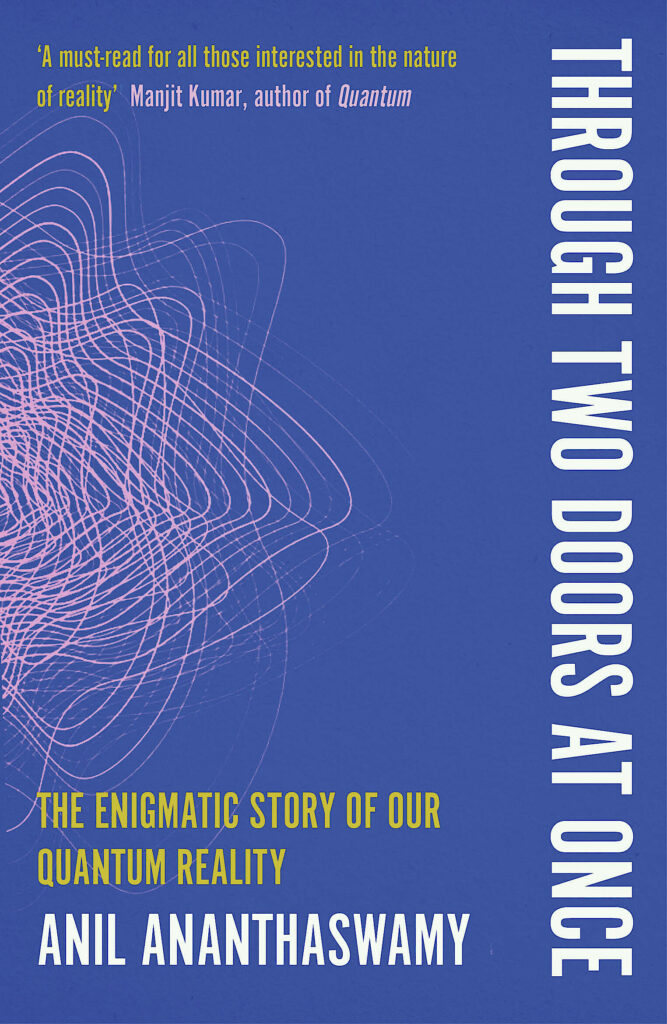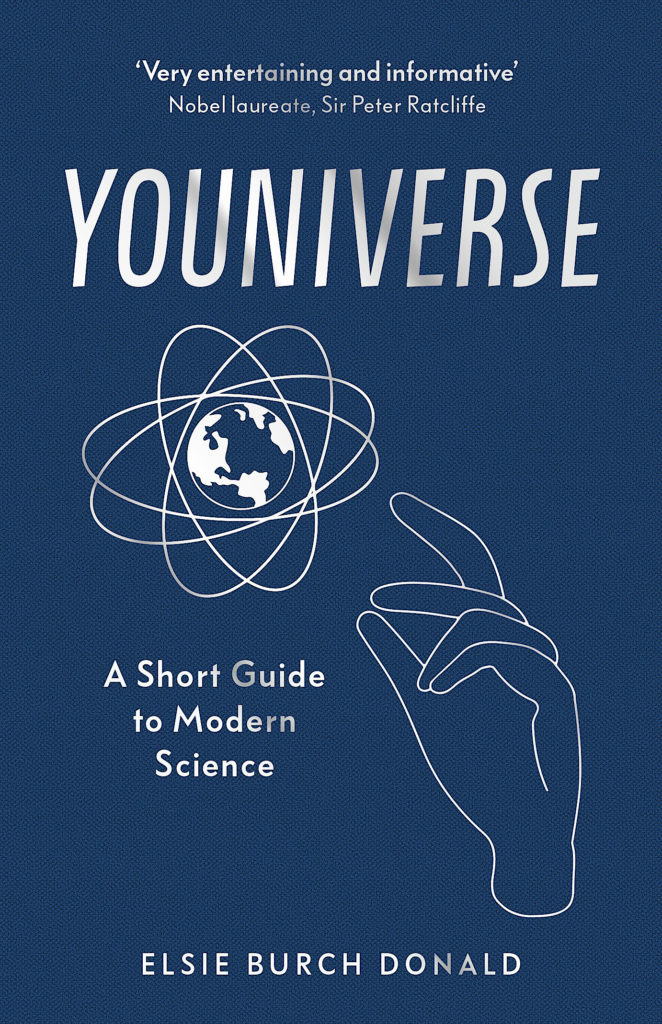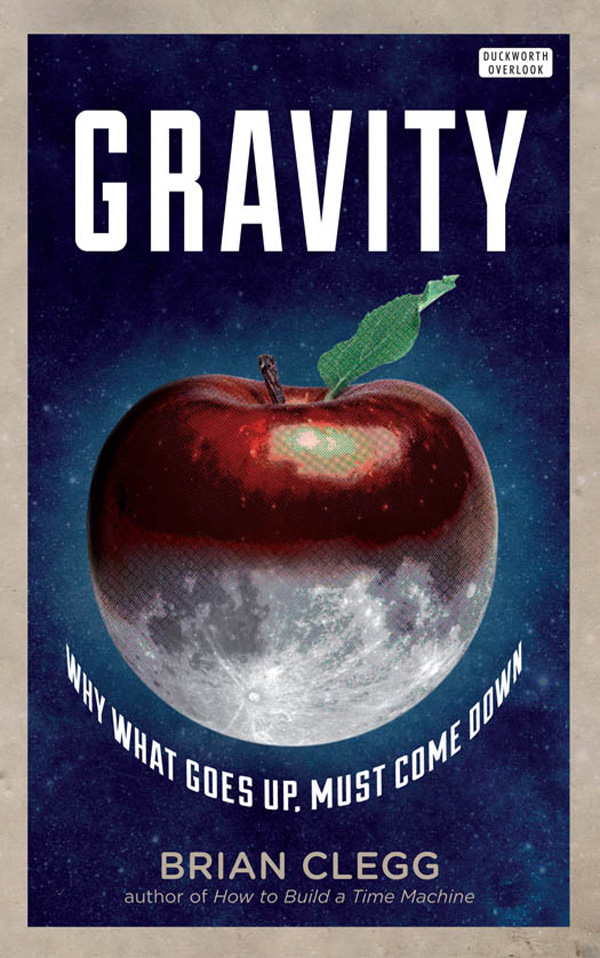
The clearest, most accessible explanation yet of the amazing world of quantum mechanics.
How can matter behave both like a particle and a wave? Does a particle exist before we look at it or does the very act of looking bring it into reality? Is there a place where the quantum world ends and our perceivable world begins?
Many of science’s greatest minds – including Thomas Young, Albert Einstein and Richard Feynman – have grappled with the questions embodied in the simple yet elusive ‘double-slit’ experiment in order to understand the fabric of our universe. With his extraordinary gift for making the complicated comprehensible, Anil Ananthaswamy travels around the world and through history, down to the smallest scales of physical reality we have yet fathomed, to reveal the answers.




